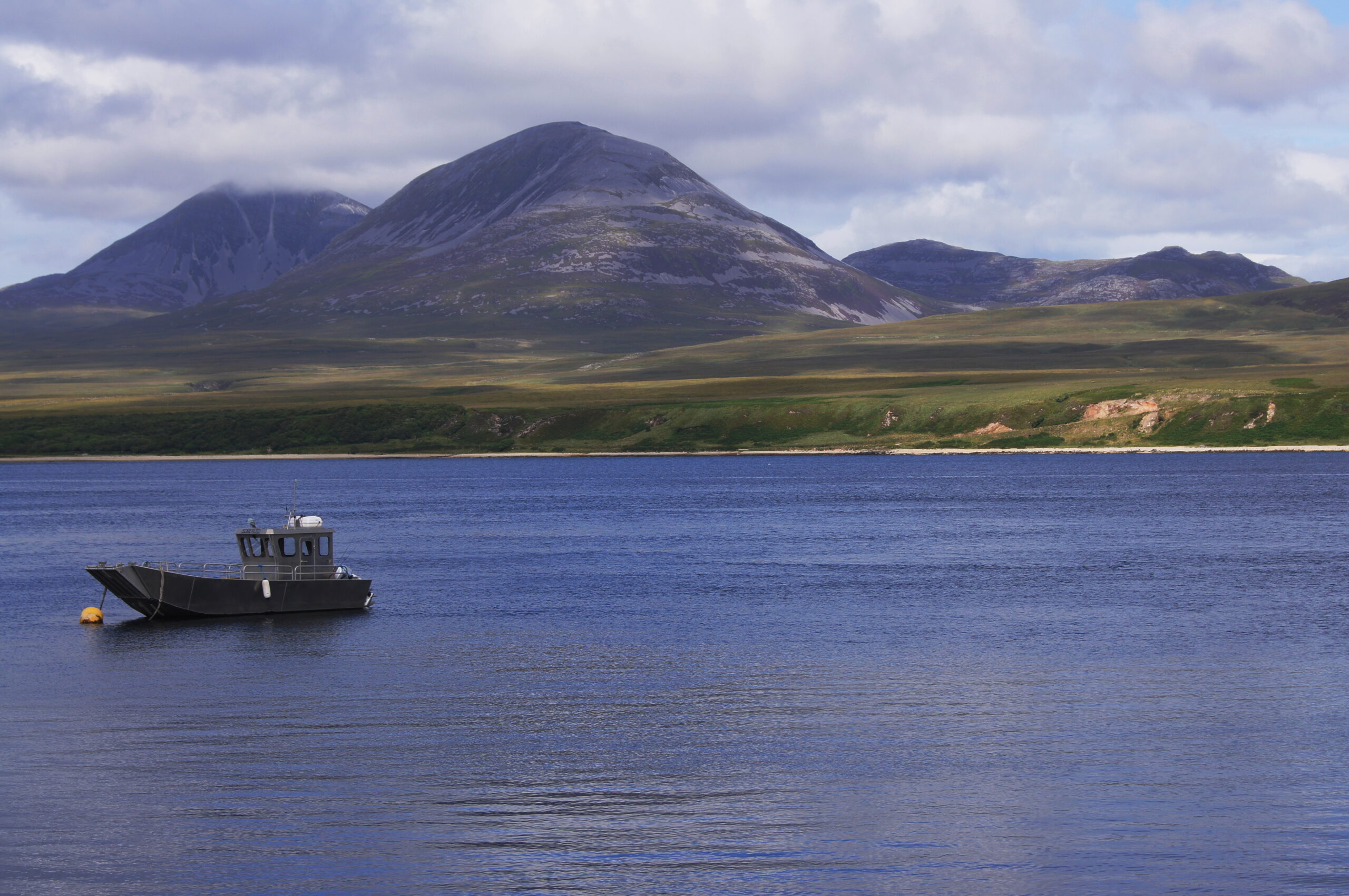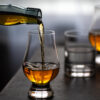Islay Whisky: A Smoky Legacy Steeped in Tradition
Islay, a rugged island nestled off the southwestern coast of Scotland, is a haven for whisky lovers. Its single malts boast a unique character, often described as bold, smoky, and undeniably peaty. But how did this remote island become synonymous with some of the world’s most distinctive whiskies? Let’s delve into the fascinating history of Islay whisky, a tale of monks, smugglers, and a deep connection to the land.
Early Beginnings: Monks and Moonshine (1300s-1700s)
The story whispers back to the 14th century, with some sources suggesting Irish monks brought the art of distillation to Islay. The island offered the perfect ingredients: abundant peat for fuel, crystal-clear water from lochs and rivers, and barley grown by the local crofters. Initially, distillation was likely a small-scale affair, catering to local consumption.
However, 1644 saw the introduction of the Excise Act, imposing a tax on whisky production. This sent Islay’s distillers underground, literally. Remote glens and hidden caves became their havens, where they continued their craft under the cloak of darkness. This period fostered a culture of illicit distilling, with tales of “peat reekers” – heavily peated whiskies – becoming a hallmark of Islay’s whisky heritage.
The Rise of Legal Distilleries (1779-1880s)
The late 18th century marked a turning point. In 1779, Bowmore Distillery, the oldest on Islay still in operation today, received its license. This signaled a shift towards legal production, although the allure of the “black market” remained strong for some time.
The 19th century saw a boom in Islay whisky. With the growing popularity of blended Scotch whiskies, Islay’s malts, known for their powerful peaty character, were highly sought after. This period witnessed the establishment of iconic distilleries like Ardbeg (1815), Lagavulin (1816), and Laphroaig (1815). The island’s distilleries expanded, and new ones like Bunnahabhain (1881) emerged, some strategically located near ports for easy export.
Trials and Triumphs: Boom and Bust (1880s-1990s)
The late 19th and early 20th centuries were a rollercoaster ride for Islay whisky. While the demand for peaty malts remained strong for blended whiskies, consumer preferences began to shift towards lighter styles. This, coupled with two World Wars and the Great Depression, led to a decline in Islay’s whisky industry.
Several distilleries closed their doors, and some, like Bruichladdich (founded in 1881), were mothballed. The once-vibrant island became a ghost town of silent chimneys. However, a spark of hope remained. A few distilleries, like Laphroaig, continued production, quietly building a loyal following among connoisseurs who cherished the unique Islay character.
The Peaty Renaissance (1990s-Present)
The 1990s ushered in a new era for Islay whisky. A renewed appreciation for single malt whiskies, fueled by a growing global market, saw a resurgence in Islay’s fortunes. Distilleries like Ardbeg and Lagavulin, once on the brink of closure, were revived. Bruichladdich reopened in 1989 under new ownership, embracing innovation while staying true to Islay’s traditions.
Today, Islay is a thriving whisky destination. Tourists flock to the island to experience the distilleries firsthand, take tours, and sample the distinctive drams. New distilleries like Kilchoman (founded in 2005) have joined the scene, adding their own interpretations to the Islay style.
The Essence of Islay: Peat Smoke and Beyond
Islay’s single malts are renowned for their smoky character, a result of the peat used to dry the malted barley. Peat bogs, formed from decomposed vegetation over millennia, impart a distinctive flavor profile – earthy, medicinal, and sometimes even a touch of seaweed. However, to reduce Islay whisky to just “peat” would be a disservice.
Each distillery on Islay has its own unique character. Lagavulin whiskies are known for their powerful peat and long finishes. Ardbeg offers a bold, almost medicinal style. Laphroaig boasts a pungent smokiness with hints of iodine. Bunnahabhain, situated near the coast and not heavily reliant on peat, produces a lighter, more delicate style. Kilchoman, the island’s newest distillery, is known for its fresh and fruity expressions.


